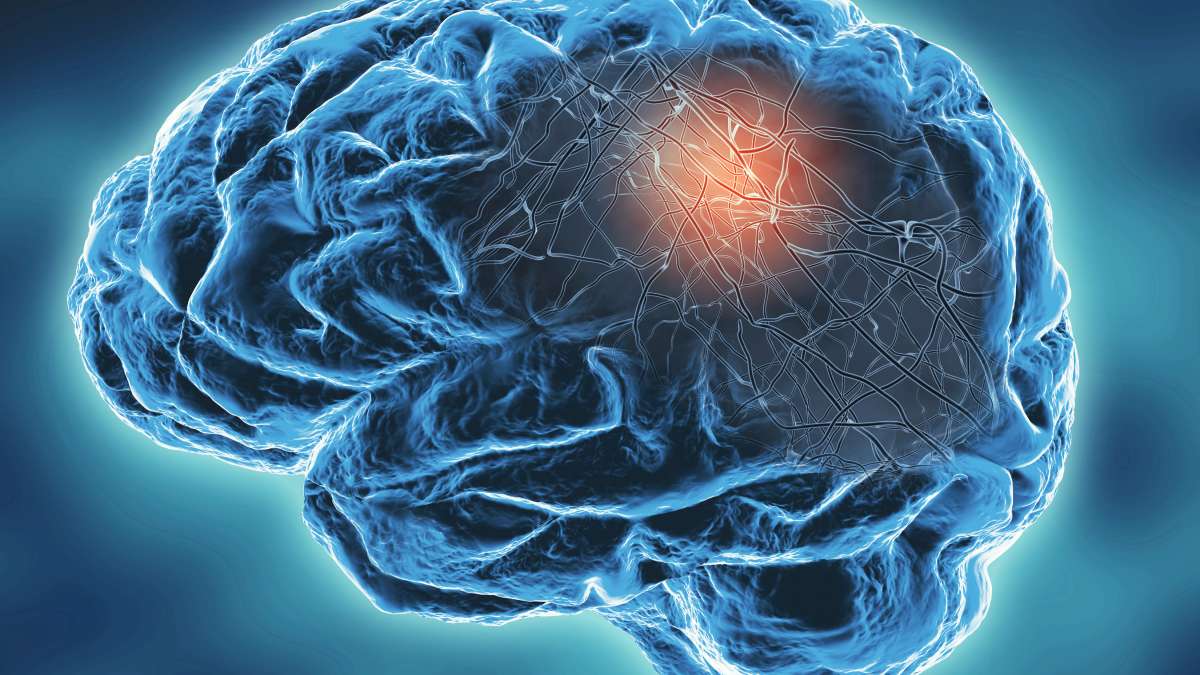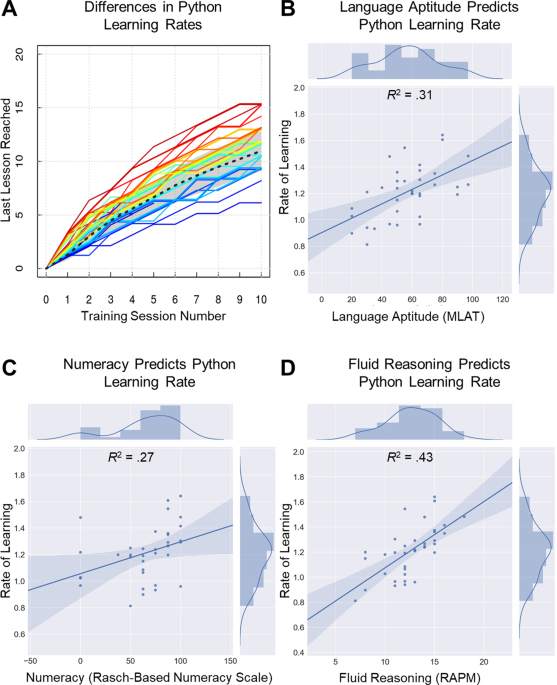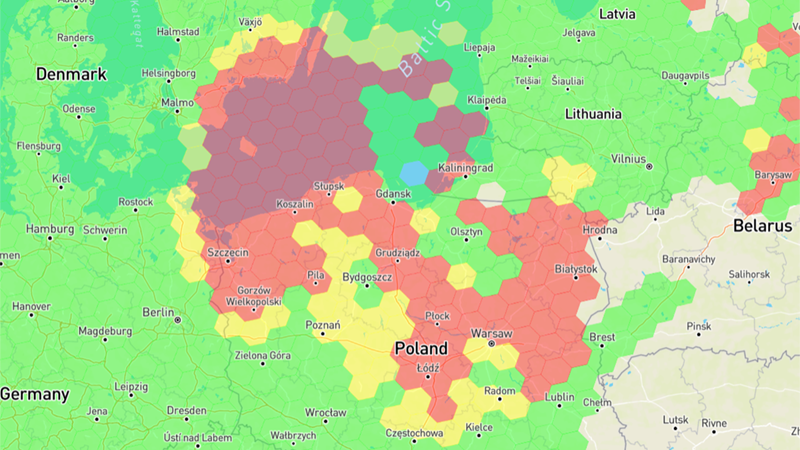
‘Mathematical microscope’ reveals novel, energy-efficient mechanism of working memory that works even during sleep
UCLA Health researchers have discovered a mechanism that creates memories while reducing metabolic cost, even during sleep. This efficient memory occurs in a part of the brain that is crucial for learning and memory, and where Alzheimer’s disease begins.
Does this sound familiar: You go to the kitchen to fetch something, but when you get there, you forget what you wanted. This is your working memory failing. Working memory is defined as remembering some information for a short period while you go about doing other things. We use working memory virtually all the time. Alzheimer’s and dementia patients have working memory deficits and it also shows up in mild cognitive impairment (MCI). Hence, considerable effort has been devoted to understand the mechanisms by which the vast networks of neurons in the brain create working memory.
During working memory tasks, the outermost layer of the brain, known as the neocortex, sends sensory information to deeper regions of the brain, including a central region called the entorhinal cortex, which is crucial for forming memories. Neurons in the entorhinal cortex show a complex array of responses, which have puzzled scientists for a long time and resulted in the 2014 Nobel Prize in medicine, yet the mechanisms governing this complexity are unknown. The entorhinal cortex is where Alzheimer's disease begins forming.




















